By: Maggie Brooks
Greetings from Monteverde!! This week we packed up and said goodbye to all of our new animal (and human) friends at La Selva Research Station. After a roughly six hour bus ride, we arrived at the Estacion Biologica Monteverde nestled high within the Monteverde Cloud Forest.
Monteverde sits in a unique location only 30 km from the Gulf of Nicoya and roughly 4,000 ft above sea level. The station was created in 1989 as a private reserve full of lush vegetation, ravines, and waterfalls for researchers, nature lovers, and students. Immediately upon arrival, we were greeted with much cooler temperatures than in La Selva due to the almost constant cover of clouds. Because of the area’s atmospheric conditions, we are shrouded in a magical cover of mist at any given time. After settling in, we went on a short hike to an incredible nearby waterfall where we had to stop and take a few (certainly more than a few) photos of the incredible landscape.
On our second day in Monteverde, we visited the Monteverde Institute for a tour and lecture on community and tourism sustainability. During the lecture, we learned about how the Monteverde Institute has initiated numerous projects to help the local communities implement sustainable practices. As the area of Monteverde is home to some of the most frequently visited tourist spots in Costa Rica for travelers in search of incredible landscapes and breathtaking wildlife, the local community requires sustainable practices to conserve resources and protect the diverse ecosystems.
For the institute, ideal sustainability must consider a blend of social, environmental, and economic factors to produce innovative solutions. One such sustainable solution that we learned about was Monteverde Institute’s initiative to help families from the community plant native trees around their properties. To do this, the institute has grown young trees on their property and helps to distribute them to locals with instructions on how to care for the trees so that they can thrive. The goal of this project is to help the families prevent erosion around their homes, increase carbon sequestration, and increase native species. While here in Costa Rica, it has been invaluable to learn about the sustainability programs that are being implemented successfully and what goes into creating initiatives that are effective in promoting conservation, biodiversity, and support for local communities.




For our third day, we set off on a rigorous (and I mean very rigorous) hike to the highest point in Monteverde. Between scrambling up the side of the mountain and skipping on stones to cross rivers, we saw an abundance of frogs, birds, and butterflies. Emi, our fearless and knowledgeable Environmental Sustainability professor here in Costa Rica, pointed out the beautiful and resilient epiphytes. These epiphytes are plants or plant-like organisms that grow on the surface of other plants. The forest around us was full of massive trees covered completely by mosses, ferns, and vines. It was incredible to experience the diversity found in these plants alone, however, much of the real awe came once we reached the summit of the mountain. It was here that we looked out across the vast expanse of vegetation and hills that make up Monteverde. While here, we ate our lunch together and spent lots of time looking across the cloud forest below us.






After our morning hike, we were visited by a guest lecturer from The Children’s Eternal Rainforest to speak to us about how the organization is an example of a successful private conservation effort. During this talk, we learned about how Monteverde’s history consisted largely of mass deforestation to make room for farming. The alarming rates of deforestation were cause for great concern as Costa Rica’s forests house considerably large proportions of the world’s biodiversity and carbon sequestration. Since 1986, The Children’s Eternal Rainforest has raised funds to buy and maintain land in an effort to restore and conserve Costa Rica’s precious lands. As we have come to love and better understand the ecosystems of Costa Rica through our own firsthand exploration as a group, we have begun to understand their ecological, economic, social, medical, historical, and agricultural importance. As a result, it was meaningful to hear how organizations like The Children’s Eternal Rainforest are working to preserve them and what an effective conservation project can look like.
For our free day in Monteverde, the group chose to embark on a zipline/bungee jumping tour of the cloud forest. Globies can be described as many things (curious, compassionate, and always hungry to name a few), but they certainly cannot be described as afraid. So, many of the brave globies stepped into their harnesses and soared above the trees to take in the beauty and abundance of the landscape.
In addition to our incredible excursions and lessons surrounding sustainability and conservation in Costa Rica, we have also continued with Professor Leer’s course on ethical study/service abroad. In our past couple of meetings for this class, we have had student led discussions surrounding the ideas of race and identity while abroad. In the assigned book Beyond Guilt Trips by Anu Taranath, she writes:
“There’s no single story when it comes to the western travel experience, whether you identify as a person of color, white, mixed race, or non of the above. The ways that we make sense of our identities often shift when we are abroad and oblige us to see ourselves and others differently.” (87)
Together, we share how our experiences with others while abroad within the context of our own identities. Through the sharing of stories together, we have been able to identify and articulate how the broader systems of structural advantages, unconscious biases, and local and global hierarchies are present and manifested in our experiences abroad.
To conclude, we have been greatly enjoying our time at Monteverde’s Biological Station where we have been enjoying the beautiful cloud forests and cool temperatures. As we dig deeper into our courses on sustainability in Costa Rica and ethical study abroad, we continue to be engaged and excited to learn all that we can. The connections between everyone within our group remain strong and continue to grow as we discover more about each other and ourselves each day. Any room with globies gathered is sure to be a lively (and loud) one full of laughter. To those that it may concern: we are now a few episodes into season two of Game of Thrones. However, we did take a brief hiatus for a Glass Onion movie night with popcorn and hot chocolate. We are so excited for our upcoming adventures this next week, including homestays and working on a sustainable farm.

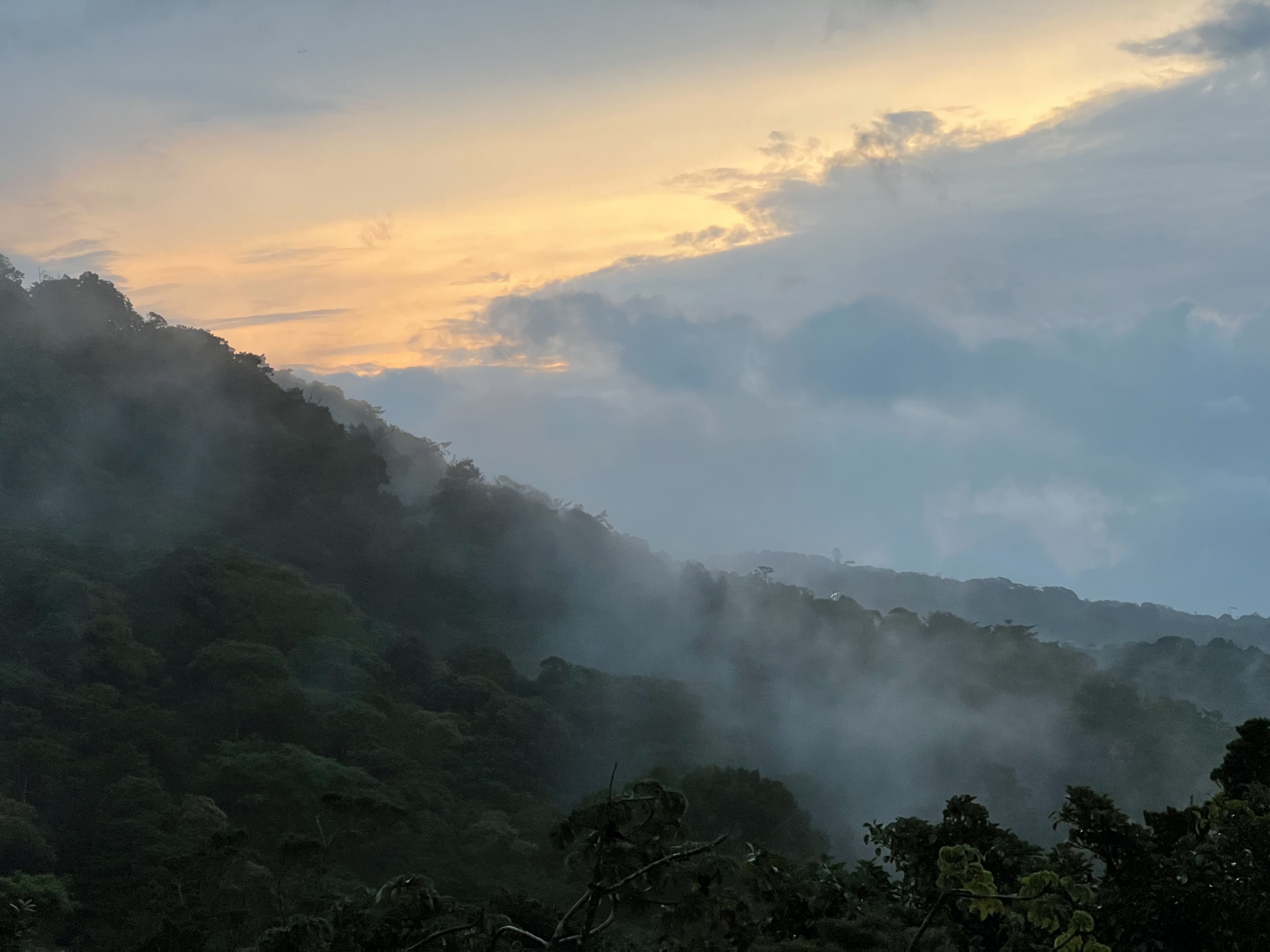
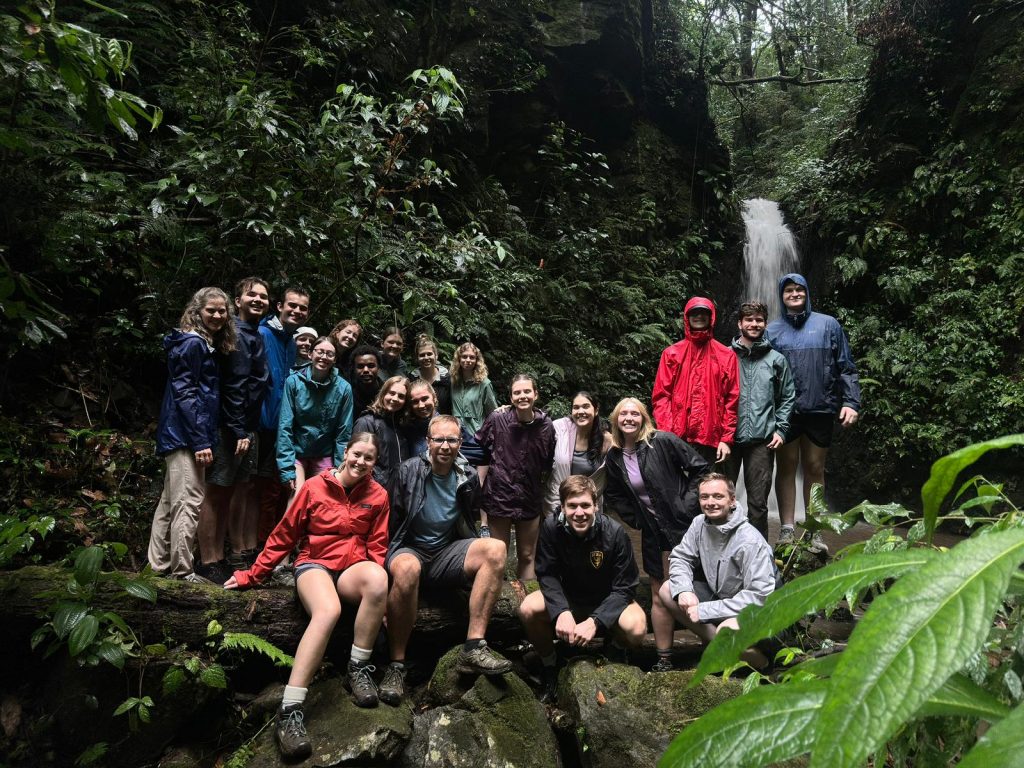
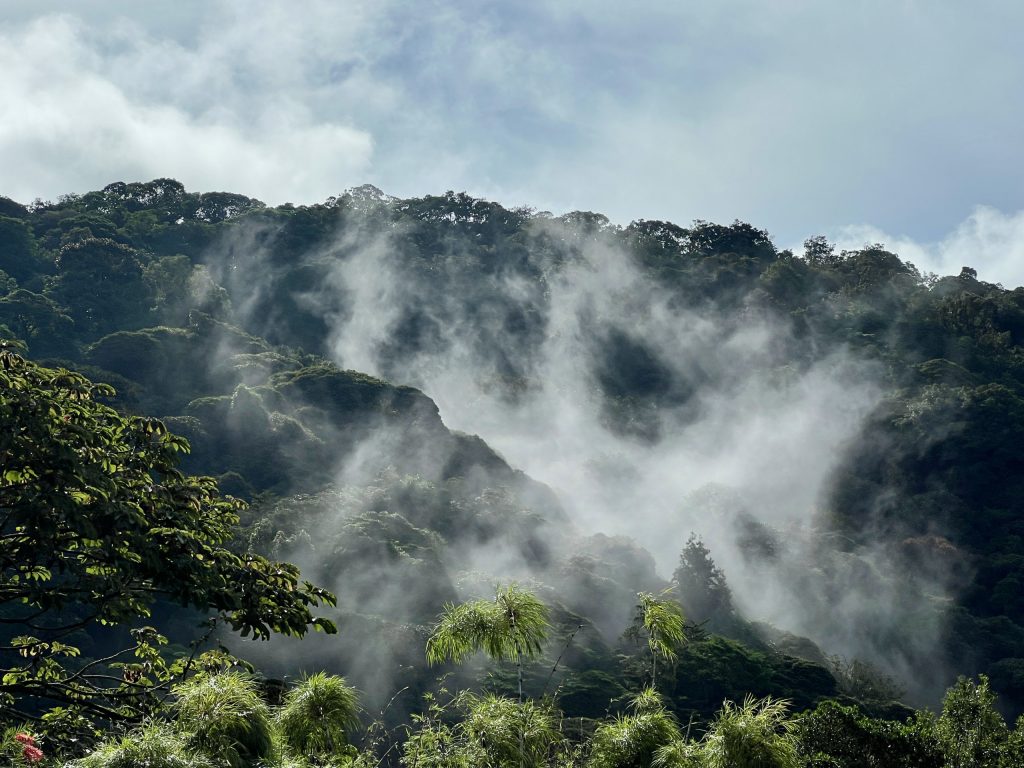
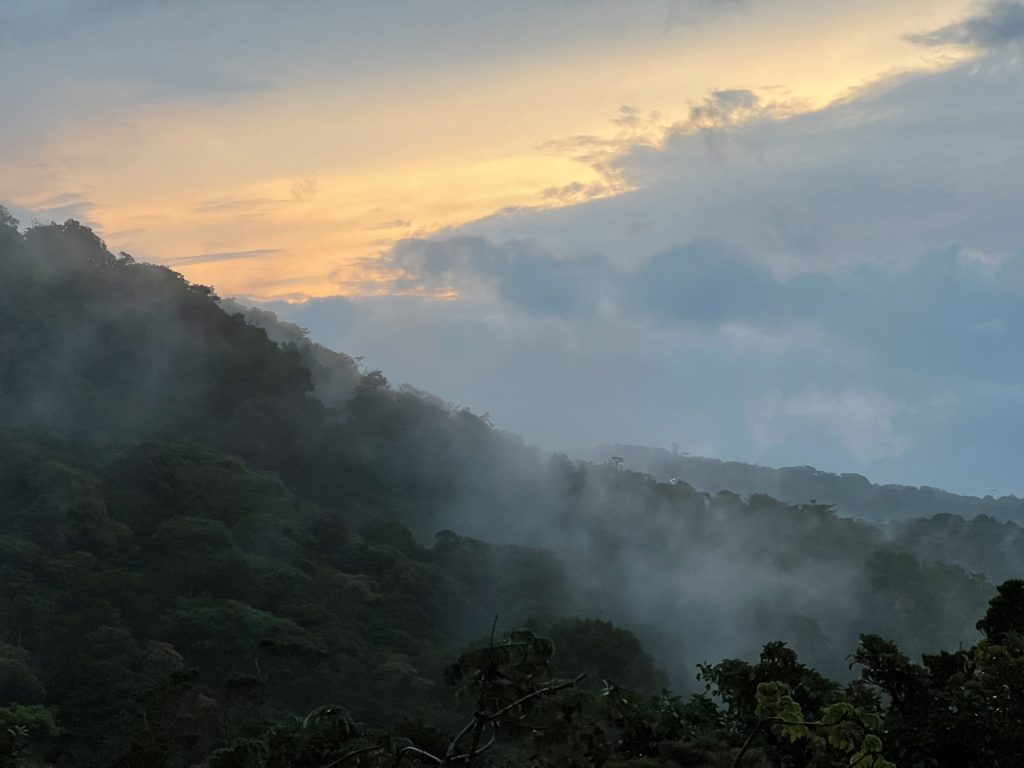
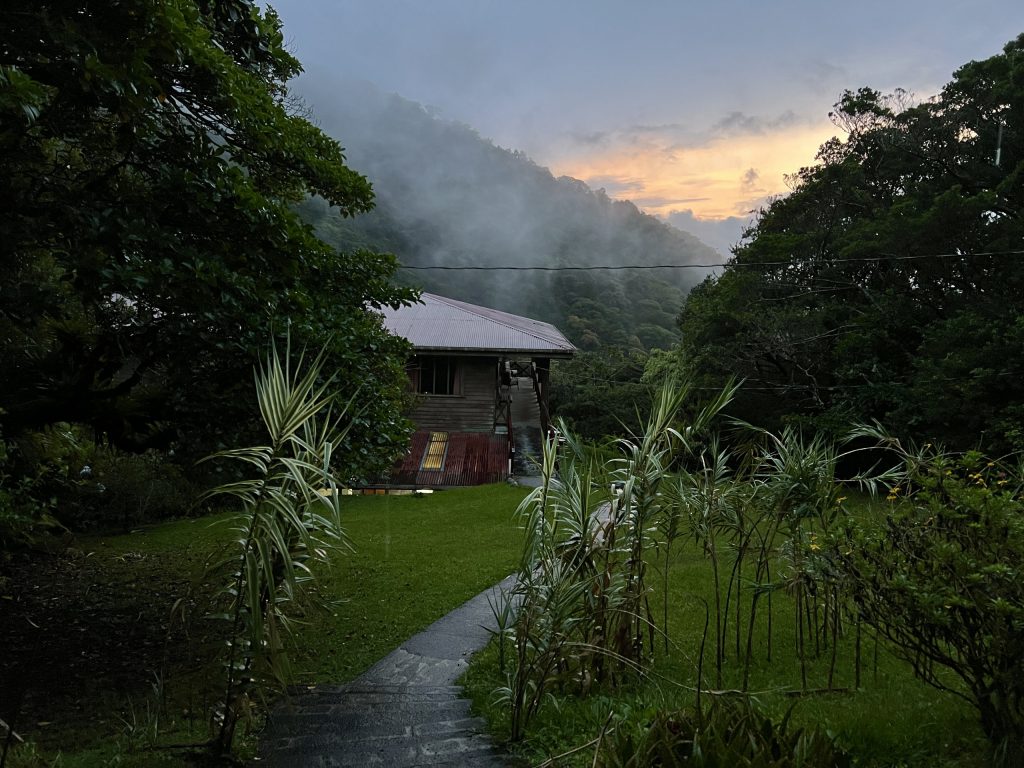
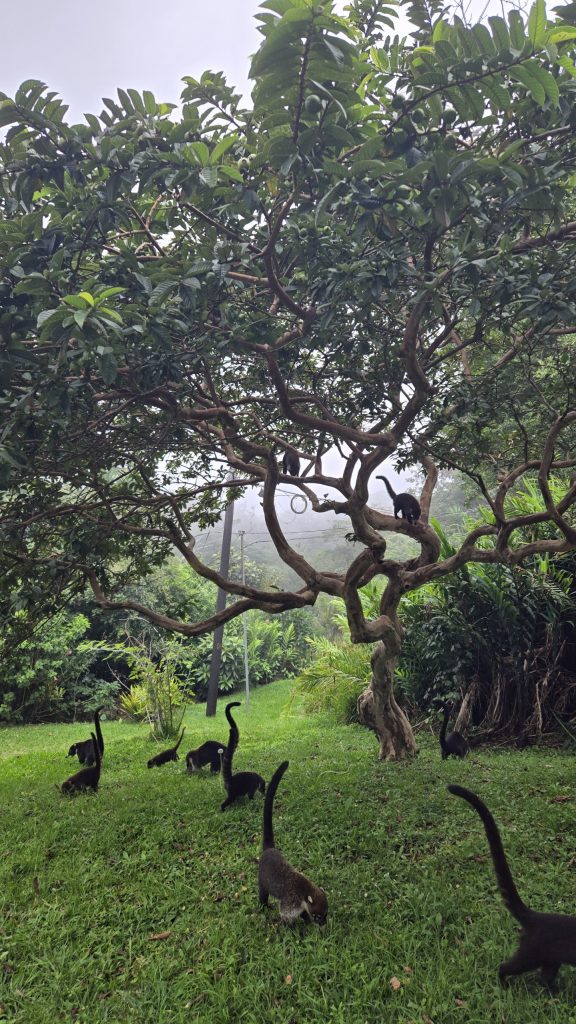
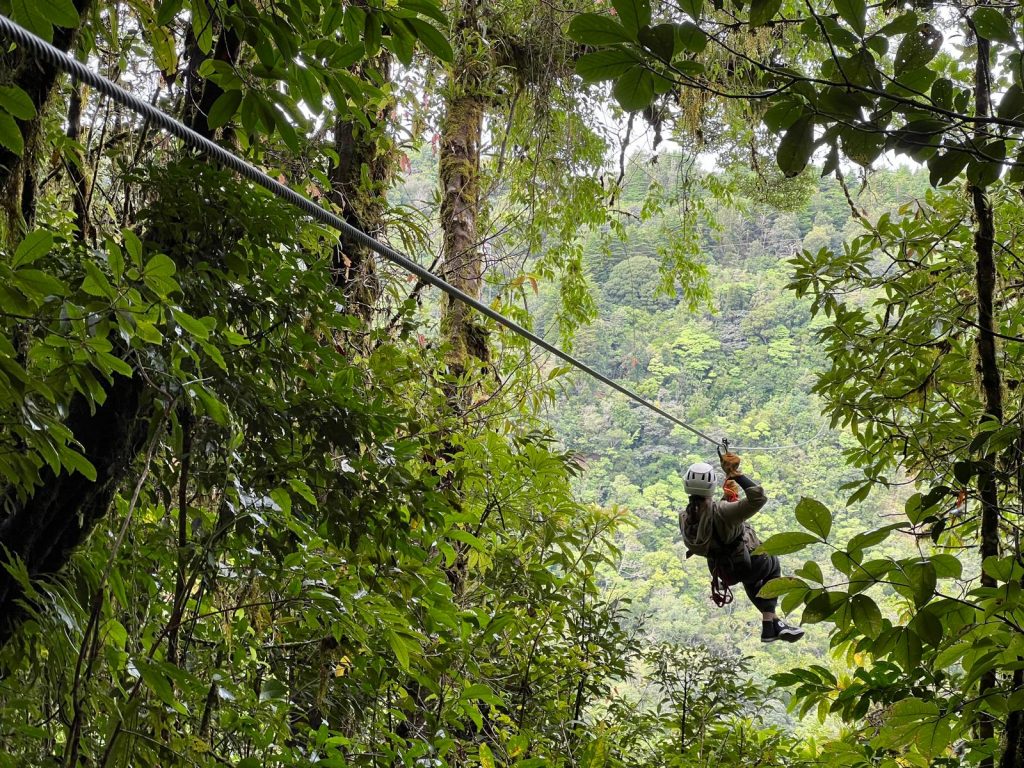
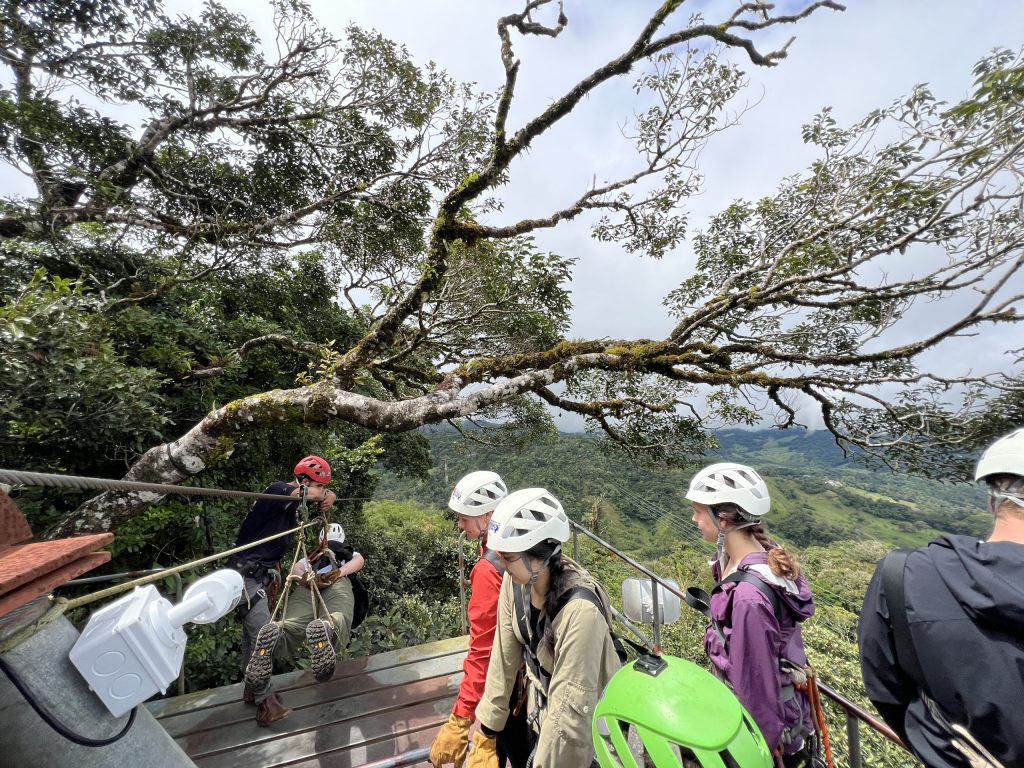
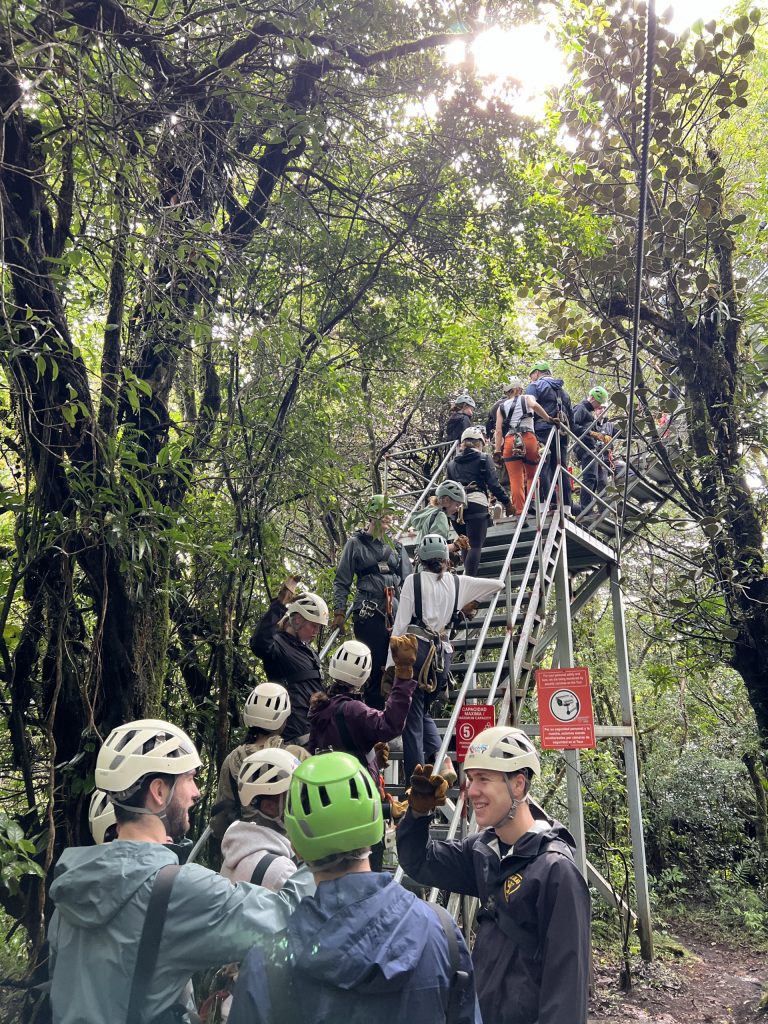
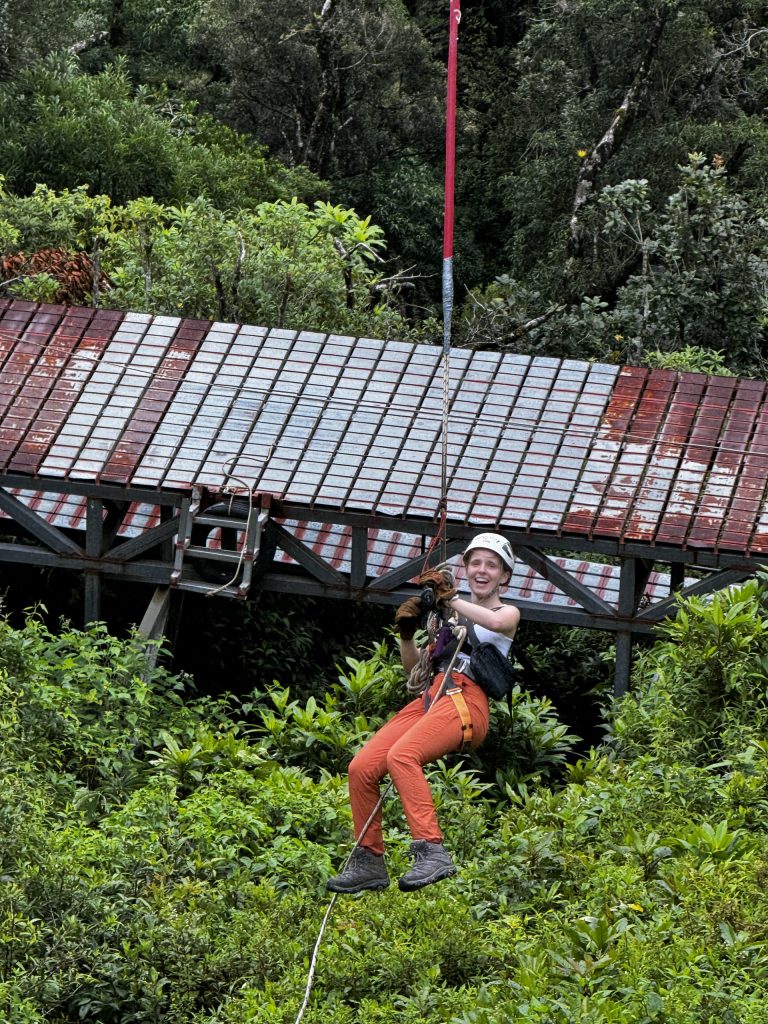
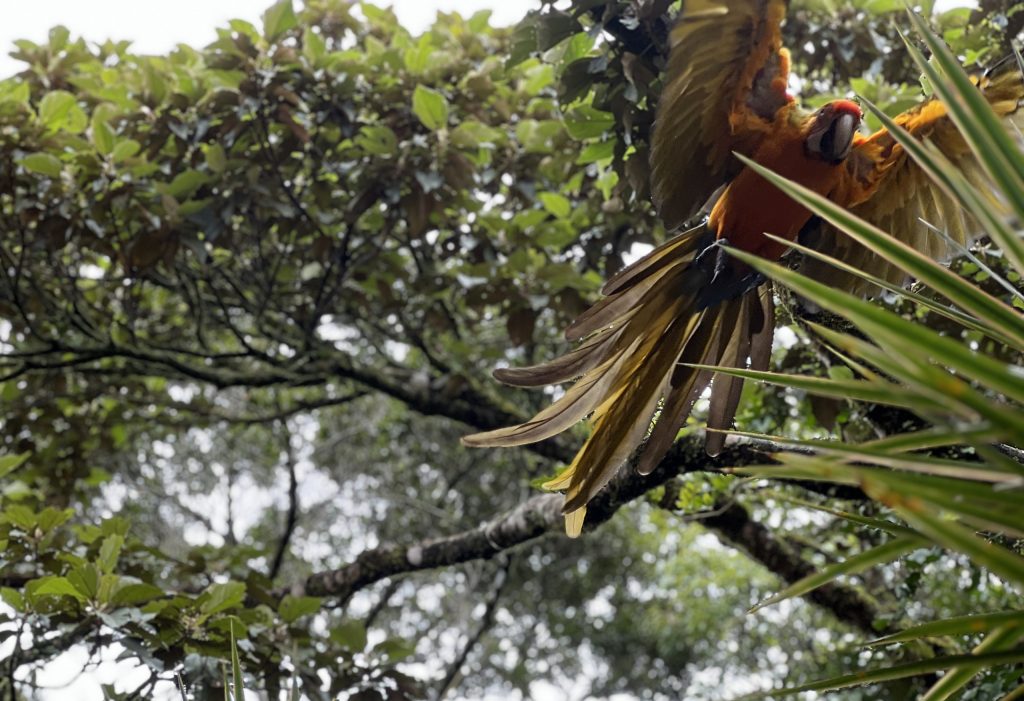
Leave a Reply